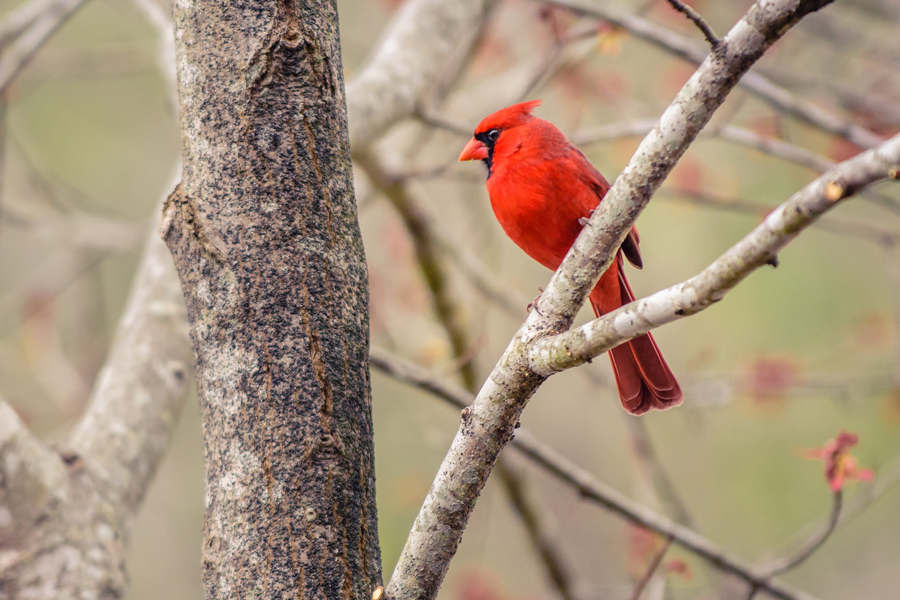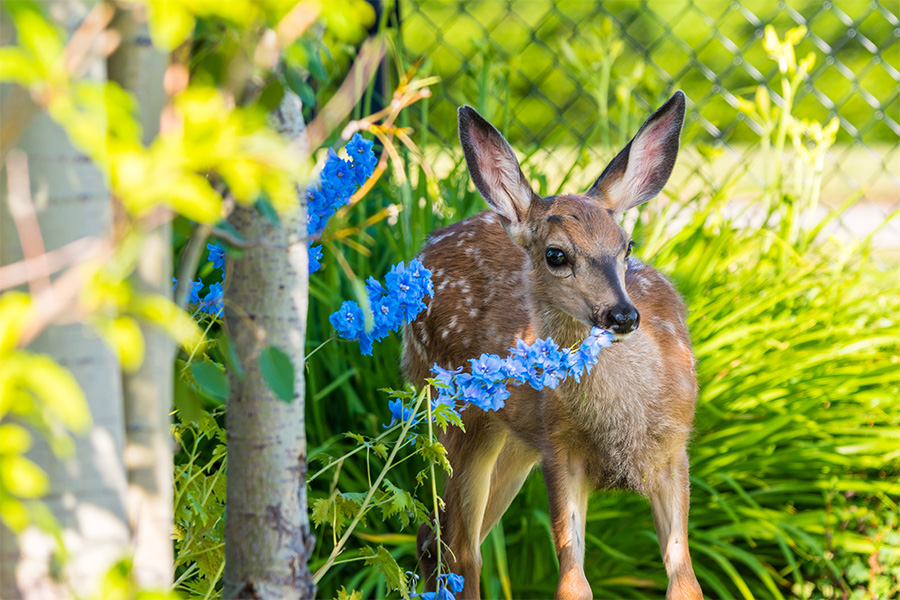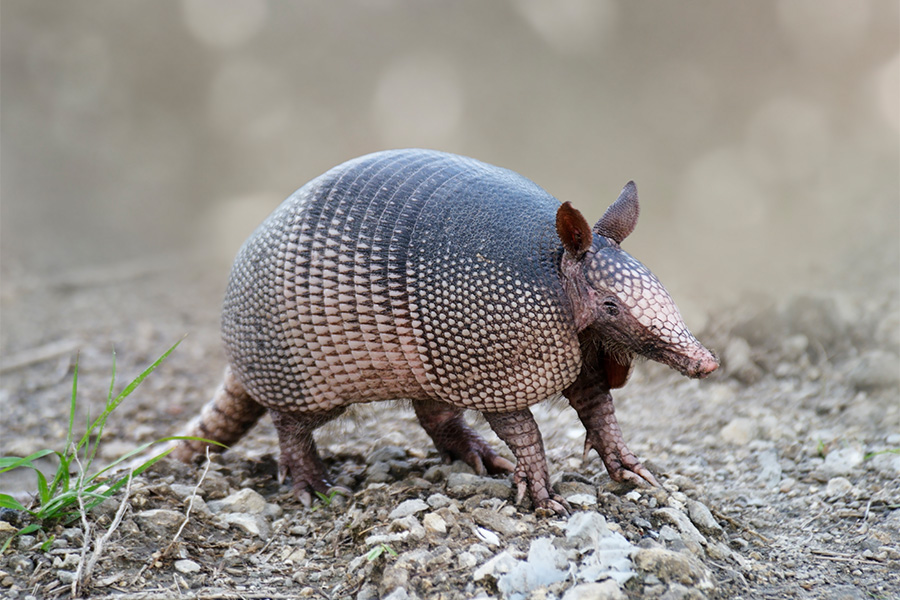Wildlife
-

C 1027-9
Garden Fencing
This publication describes options for fencing a community or school garden, including fence types and materials.
Bob Westerfield and David Berle
|
-

Butterfly populations can be greatly enhanced by devoting a portion of the landscape to butterfly habitat. In addition to their natural beauty, butterflies serve as valuable plant pollinators.
Bob Westerfield and Melvin P. Garber
|
-

To attract and maintain a bird population, a habitat should provide (1) food, (2) shelter/nesting areas and (3) water. This publication describes several ways to attract birds to your backyard.
Bob Westerfield and Melvin P. Garber
|
-

This resource lists several varieties of plants for your landscape that deer prefer to eat less.
Sheri Dorn
|
-

Certain algae can cause serious problems when they become very abundant in drought, hot weather, unusual rainfall patterns, or after nutrient accumulation in pond water. Fortunately, most ponds do not experience toxin problems or dense algal blooms. Watching for the warning signs that lead to toxic algal bloom development is the best way to prevent toxin problems.
This publication describes how to effectively monitor for potential toxic conditions, control algae, and improve water quality in ponds.
Gary J. Burtle
|
-

Properly managed ponds supply an abundance of fish for recreation and nutrition. Stocking methods and catch rates are used to keep pond balance. Liming and fertilization recommendations for ponds in Georgia are important when planning fish harvest goals. A variety of fish species for pond stocking are discussed in this publication. Methods to improve pond balance, including fish population renovation, are also presented for consideration as part of a management plan.
This publication is primarily for Cooperative Extension Agents and fish pond owners and was written in an effort to consolidate currently accepted pond management methods.
Gary J. Burtle
|
-

Every year, wildlife causes millions of dollars of damage in Georgia. Losses may be economic (like damage to crops) or aesthetic (for example, damage to landscapes or golf courses) and can range from physical damage to vehicles or equipment to public health issues like water pollution and disease transfer to humans, pets or livestock. However, not everyone needs to undertake a wildlife damage control program. This publication provides recommendations for repelling damage-causing wildlife.
Michael T. Mengak
|
-

This publication discusses general aspects of the copperhead snake.
Michael T. Mengak
|
-

Scientists classify armadillos with anteaters and sloths. They have poorly developed teeth and limited mobility. Armadillos are considered both an exotic species and a pest.
Michael T. Mengak
|